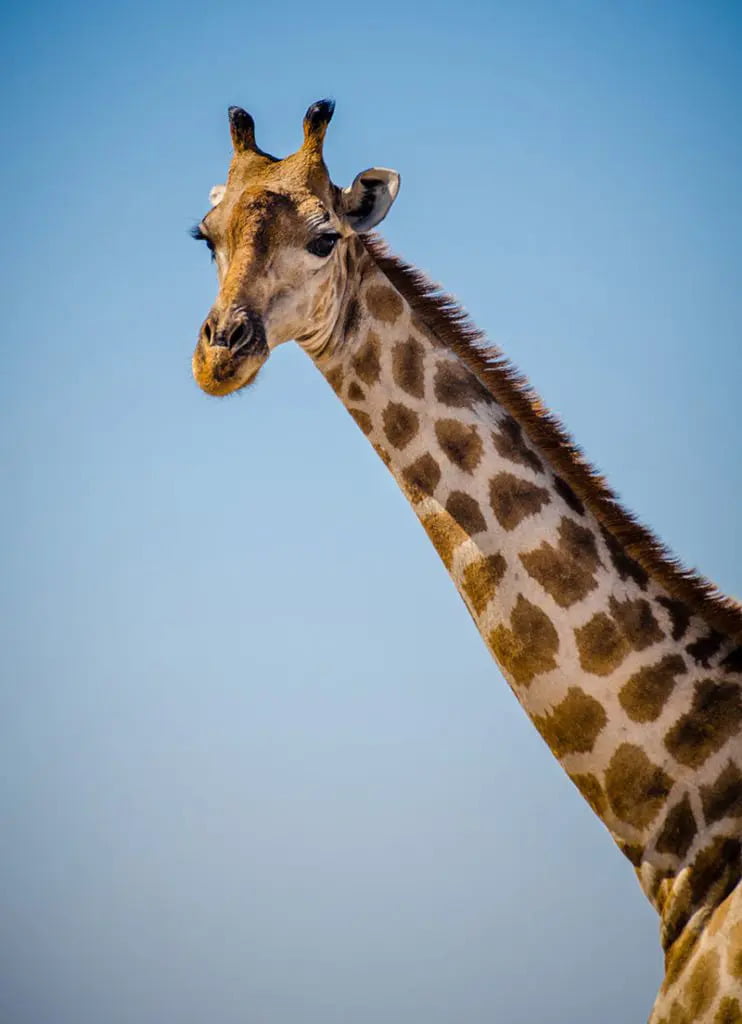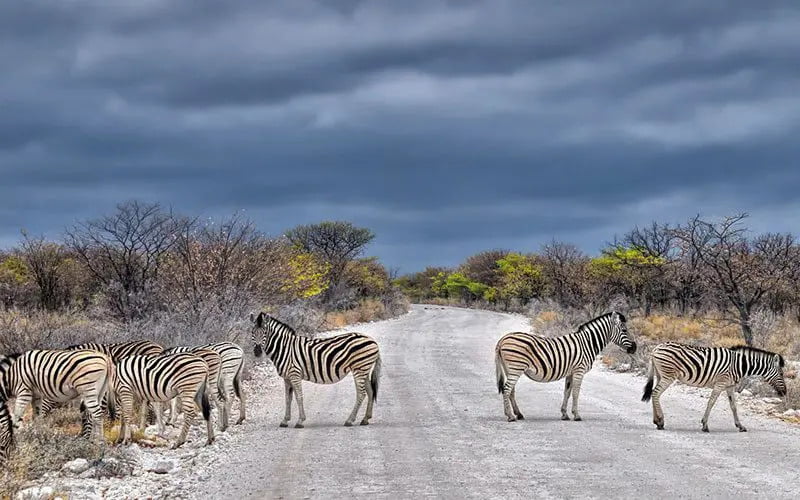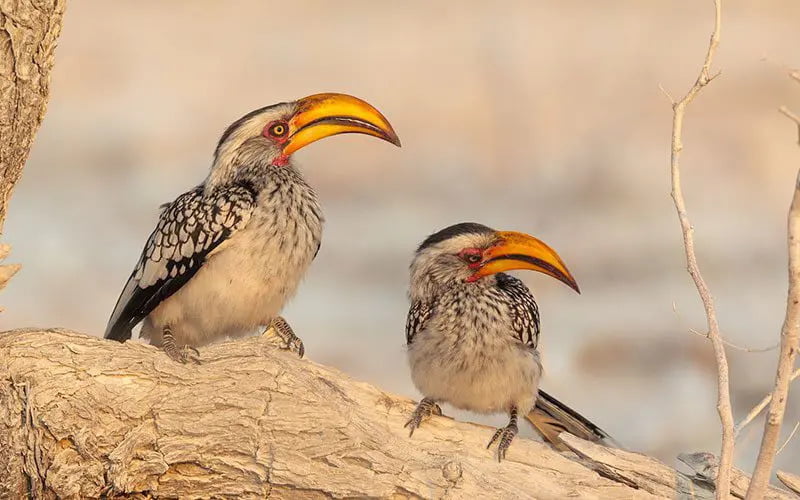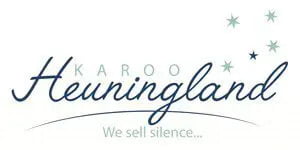TOUR INFORMATION
TOUR INFORMATION
PRACTICAL INFORMATION:
PRACTICAL INFORMATION:
Included:
- Three meals per day (from dinner Day 1 to breakfast Day 13)
- The services of a professional tour guide, camp chef and photographic tutor
- All park entry fees
- Accommodation for 12 nights (camping)
- Professional in-car radios
- The use of tents, crockery, and cutlery
Not included:
- Personal vehicle costs like fuel, border tariffs, etc
- Personal drinks and snacks
- Bedding
- Visa (South African citizens don’t need one)
Key destinations:
Key destinations:
Spitzkoppe – Uis – Brandberg – Damaraland – Ugab River – Goantagab River – Twyfelfontein – Aba-Huab River – Palmwag Concession – Mudorib River – Hoanib River – Sesfontein – Warmquelle – Ongongo – Opuwo – Kaokoland – Epupa Falls – Kunene River – Ruacana – Etosha

This 13-day camping tour is an adventure from start to finish and will appeal to 4×4 owners who want to improve their photography skills in spectacular settings across north-western Namibia. We will visit iconic destinations like Etosha National Park, Epupa Falls and the Twyfelfontein engravings but we also see seldom-visited corners of Damaraland and Kaokoland.
Landscapes will vary from desert plains where welwitschias flourish to ana tree lined dry riverbeds where we might encounter desert-adapted elephants. We will traverse rugged mountains, sandy plains and many kilometres of gravel road.
Although photography is a focus of the tour, you don’t have to be a photographer to enjoy the trip. Well-known travel journalist Toast Coetzer will accompany us, and he will be available 24/7 to assist with photographic queries, whether you are shooting with the latest mirrorless camera or simply your cell phone. He will make sure that you get the best out of your gear, no matter what you’re shooting with.
The tour is great for nature fans who have been keen to explore Damaraland and Kaokoland but would prefer to do it with the peace of mind provided by the presence of a qualified guide. Douwe Vlok (Heuningland Tours) has decades of experience across southern Africa, and he is backed up by a logistics team who will ensure that there is always a hearty meal ready to enjoy back at the camp (they’ll also pitch your tent, don’t worry!).

TOUR PLAN
TOUR PLAN



Interested in this package?
Interested in this package?
Let’s help you start planning!






















